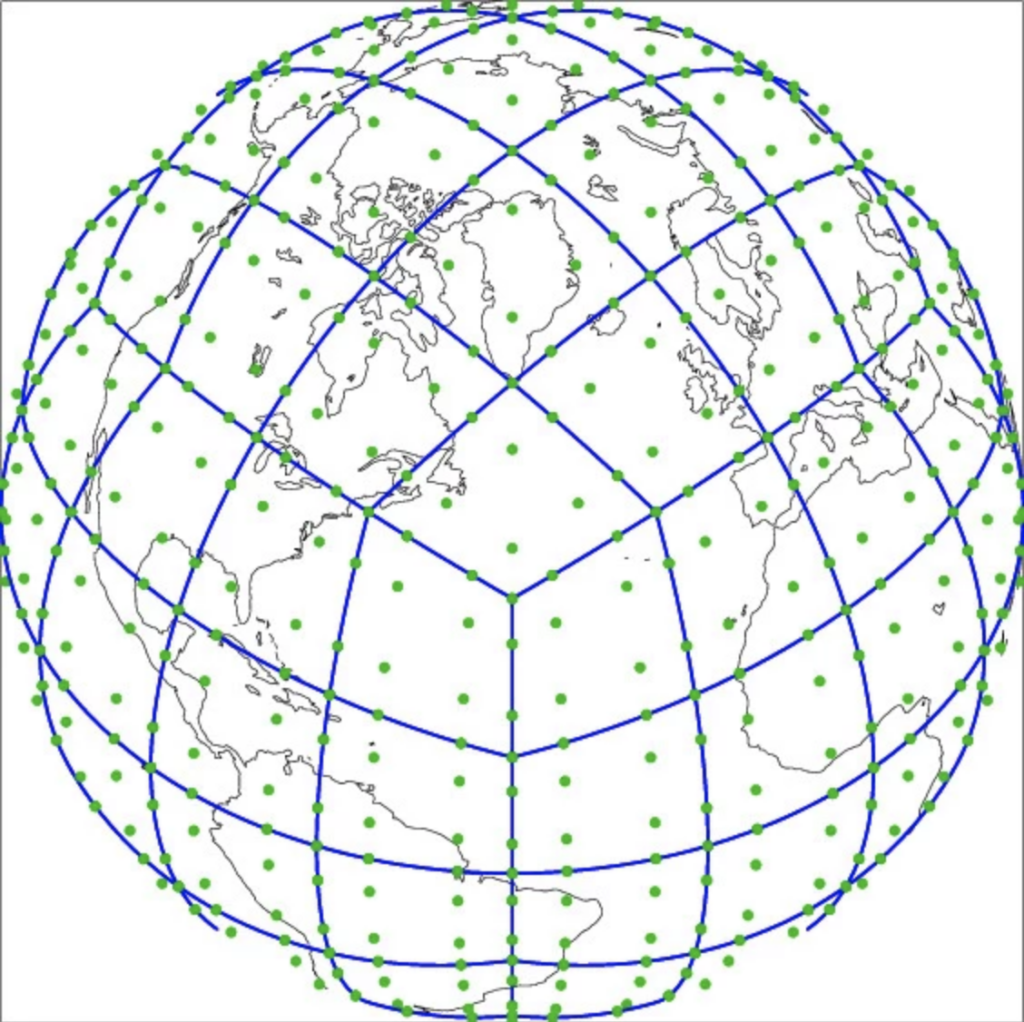So it’s been awhile since I’ve posted any updates, and that’s partly because I’ve been busy/lazy, but also because MY WEBSITE GOT HACKED! It was a very frustrating experience. Since I’m cheap and I like DIY projects, I decided to try an manually clean up the code. Most of a wordpress site is written in PHP, which I actually learned a bit about in college but I don’t remember much of it. It was a good learning experience and I’d encourage anyone in a similar situation to try it out before paying a big company to come in and fix it for you.
Manually cleaning out the hacked files turned out to be pretty simple, but tedious because there were lots of them. My site host (Bluehost) would scan the files and put a list of hacked files in a text file that I could access. Then I would go through each of these and simply look for code that didn’t appear to be written by a human. I did some research on the type of hack that helped too, but I don’t really understand what the hacked code was doing.
moving on…
For actual climate science update, my work on the super-parameterized E3SM (SP-E3SM) is going pretty well. You may not have heard about SP-E3SM since it’s not released like the normal model is, but someday it might be ready for prime time. I was hoping that I would have published some results from SP-E3SM by now, but there have been a couple big problems that have held us back.
The first issue has to do with the main goal of the project, which is to make the model run faster by using GPU architecture. GPUs are like a big collection of little CPUs, so if you have a lot of calculations that you need to do over and over they can do it really, really fast. But if you need to periodically stop and check things or ask for new information, this can cause a massive slow down that can potentially make GPUs slower than CPUS.
The second major issue with SP-E3SM has to do with something we call “grid imprinting”. The figure below shows an extreme example using precipitation output averaged over a few months.
You probably notice a very un-physical looking “speckled” pattern in the precipitation field. Most of the time this pattern is somewhat hidden, so we didn’t notice it for a very long time. And then even after we started noticing it, we thought it was just a bug in the code or a problem with how we were plotting the data. Now we know that it is indeed a systematic bias that emerges from using the spectral element grid with Gauss-Lobatto-Legendre nodes. A cartoon of the grid is shown below.
The blue lines of the grid represent the edges of the “elements”. The elements are square because the global grid is derived from a cube projected onto the sphere, otherwise known as the “cubed-sphere” grid.

In my cartoon the different colors of the dots, or “nodes”, represent the fact that they are treated somewhat differently in terms of how derivatives are represented. A recent paper by Herrington et al. (2019) discusses how this can lead to “cusps” forming at the edges of the element.

These cusps are not that serious of a problem with the normal E3SM model, but for reasons that we are still exploring they cause HUGE grid imprinting when super-parameterization is used!
All the gory details are going to be laid out in an upcoming paper, so stay tuned!
In other news, we had a baby! Her name is Mavis and she was born in October. As you can tell from the picture below, she would absolutely crush a “cutest baby” contest, so it’s good that those competitions don’t exist. The only thing I’ll say about my experience being a parent is that most of the cliches you hear are true.


Congrats man!
DIY hacking cleanup sounds worse than diaper changing, as do the SE gorey details… good luck with that! I have wondered if GCM precip zonal stripes almost look grid locked somehow… naww, surely not… but parallelization is a black box to me.
Thanks Brian!
Congrats on 2019’s bounty, your baby, and over coming the challenges due to the hack.
I hope the progress on the GCM updates and integration with GPUs is making headway.
Perhaps an opening to a 2020 blog post can relate to the recent publication by Columbia University study in Nature Climate Change by Polvani et al, Substantial twentieth-century Arctic warming caused by ozone-depleting substances, https://www.nature.com/articles/s41558-019-0677-4
I recently had reason to read the long discussion from back in 2016 with Dr. Peter L Ward, after searching for intelligent discussion regarding UV and its impacts following the release of the paper cited above.
Do you have any comments on the paper?
Does it change or modify your views as expressed in that 2016 discussion on your blog?
Dave, I just skimmed the paper, but this definitely doesn’t change my understanding. The paper does not deny the role of CO2, and they even found that the extra arctic warming from ODS occurs by the same mechanism as CO2. Here’s a couple notable quotes from the abstract:
So this paper does not provide any support of Dr. Ward’s claims about a dominant role of UV driven by ozone concentrations.